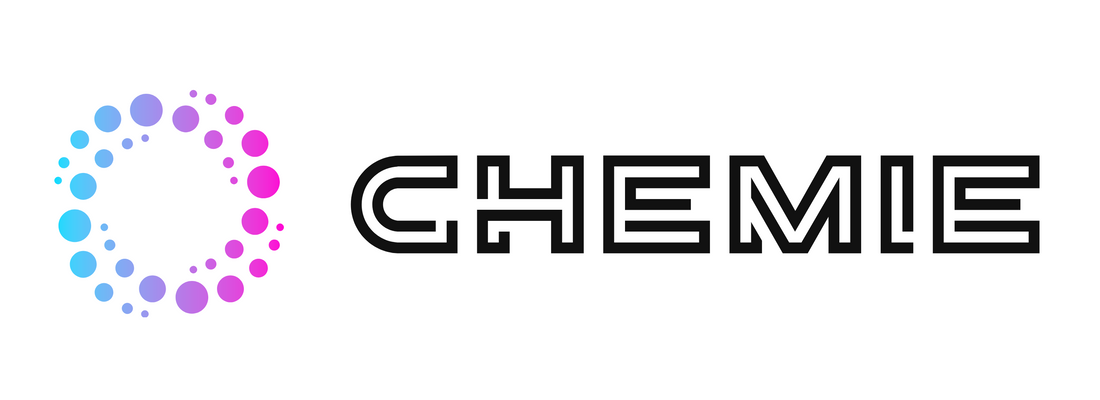The Main Principles Of Chemie
The Main Principles Of Chemie
Blog Article
Fascination About Chemie
Table of ContentsThe Main Principles Of Chemie All about ChemieLittle Known Questions About Chemie.The Chemie DiariesThe Best Strategy To Use For ChemieIndicators on Chemie You Need To Know
A gadget that enables elements (followers, controllers, pumps) to be replaced or included in an IT/Cooling system without disrupting its procedure. Hydrophilic is a home of a material or surface area that is drawn in to water and enables water to spread out across or penetrate it, making it "water-loving." Hydrophobic is a home of a material or surface that drives away water and does not conveniently permit water to spread out throughout or permeate it; it pushes back water.(https://medium.com/@betteanderson_37015/about)Ingress Defense (IP) is a conventional used to define the securing performance of electrical enclosures versus intrusion from foreign bodies (tools, dust, and so on) and moisture. It is defined in the global basic EN 60529 (British BS EN 60529:1992, European IEC 60509:1989). Score Access Defense (IP) ratings measure a gadget's resistance to solids and water.
Insulation are products or methods utilized to decrease the transfer of power in between two objects or environments. With concerns to data centers and sustainability, ISO-14000 is a commonly used requirement.
Things about Chemie
Each layer moves efficiently past the adjacent layers with little or no blending. The fluid often tends to stream efficiently at low rates without lateral blending, and surrounding layers slide past each other. This process can cause lower warmth transfer rates contrasted to stormy circulation. Unexposed heat is the warm required to convert a strong into a fluid or vapour, or a liquid right into a vapour, during a stage change, without modification of temperature.

A Liquid-to-Liquid Warmth Exchanger is a device that moves heat from one fluid to another without blending the fluids. Liquid-to-liquid warm Exchangers are frequently used in cooling systems to different primary and second coolant loops.
Not known Facts About Chemie

It amounts to 1 cubic decimetre (dm), 1,000 cubic centimetres (cm) or 0.001 cubic metres (m). In the United States, a litre amounts 0.264 gallons. A litre inhabits a volume of 10 cm x 10 cm x 10 centimeters. Litres (Litres) per minute is a device of dimension for flow rate, specifically the quantity of fluid (in litres) that passes an offered factor soon.
A maintenance home window is a scheduled duration marked ahead of time by technological, support, and solution personnel during which preventative maintenance tasks that can interrupt procedures are performed. Preventative tasks might include software updates, repairs, or substitutes. By conducting these in an upkeep window, you can make certain very little disruption and that our system runs ideally.
Things about Chemie
The cooling liquid calls for two-way transport called supply and return. Material compatibility is the capability of various materials to exist or function with each other without mutually detrimental impacts. It describes a product's resistance to corrosion, rust, or discoloration when it comes into contact with a different material or chemical - dielectric coolant. A Megawatt (MW) is a power unit equal to one million watts of electrical power.

Network switches can be equipment devices that handle physical networks or software-based digital tools. Non-Condensable Gas (NCG) is a gas that does not condense (modification from vapour to fluid) under a cooling system and normal compression refrigeration conditions. NCGs are air, nitrogen, co2, argon, and oxygen. Non-conductive fluids are coolant liquids that are unable of conducting an electrical existing, typically described as dielectrics.
Fascination About Chemie
Running stress is the stress at which a system or a component of a system runs under regular or specific problems. This is the risk-free temperature level variety in which an item of equipment, gadget, system, or procedure can operate without experiencing deterioration in efficiency, integrity, or durability. The tool will certainly run efficiently within a specified operating temperature range, outside this series of secure operating temperature levels, the tool might fall short.
Oxidation security is a fluid's resistance to oxidative deterioration gradually and is a crucial high quality specification. dielectric coolant. Identical circulation refers to the relationship in between the circulation directions of the cold and hot fluids. With parallel flow, the liquids take a trip through the heat exchanger parallel to optimize heat transfer
The 7-Second Trick For Chemie
Passively cooled down is a kind of cooling that utilizes natural convection or radiation to dissipate warmth without have a peek at these guys fans, pumps, or added energetic components. Perfluorocarbons (PFCs) are compounds, that are manmade and contain carbon and fluorine. Perfluorocarbons are normally colourless, odourless non-flammable gases at environmental temperature levels and mainly chemically unreactive.
Report this page